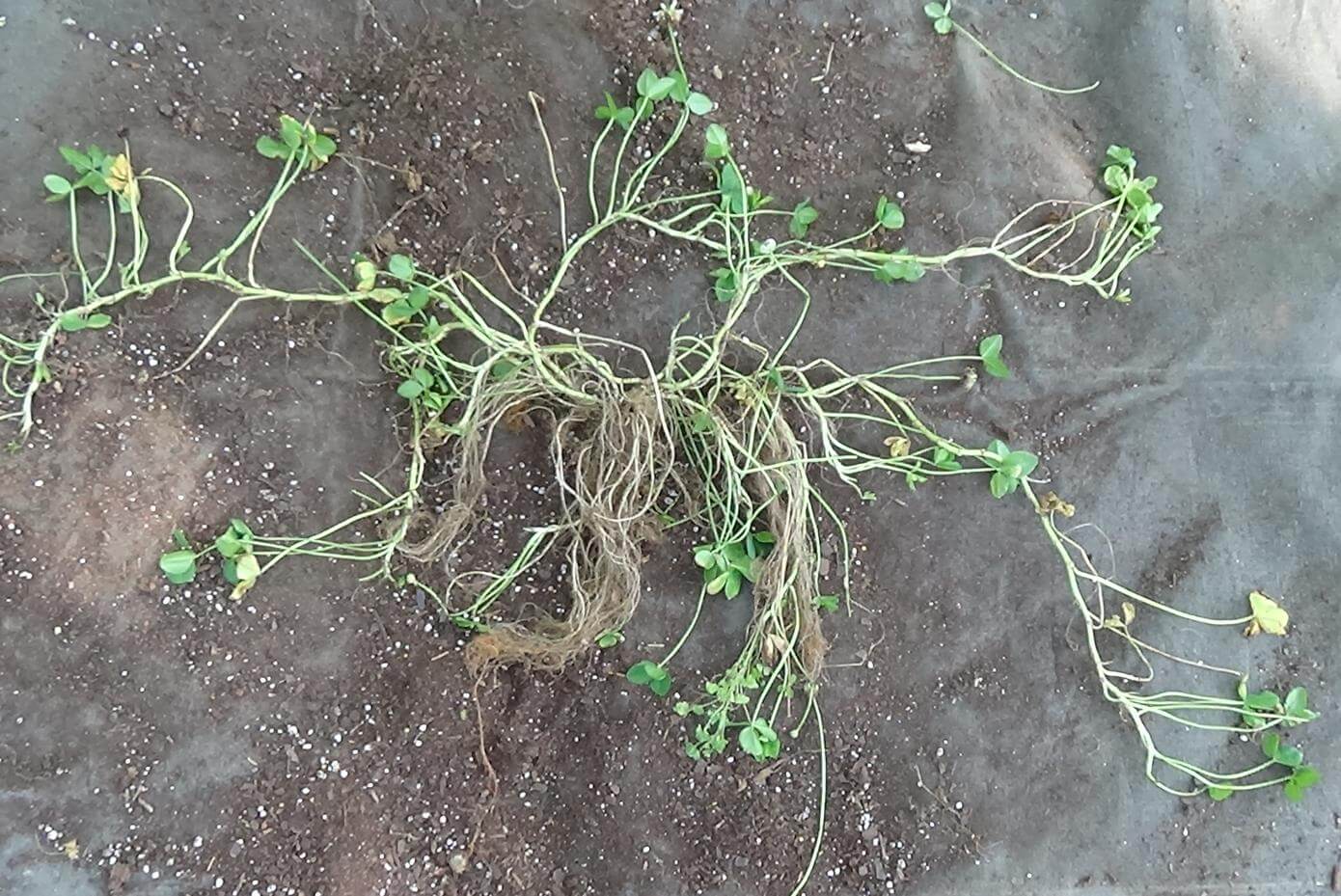Oregon Crop Update
Can you believe it’s nearly May? While much of the country is trying to figure out how to navigate COVID-19, the Oregon seed crops simply march on and continue to grow. In general, the Willamette Valley production area appears to be doing quite well. This is in spite of receiving only half of the average rainfall since October 1st. The dry weather doesn’t seem to have affected the earlier spring plantings, but those crops planted recently are begging for a drink. If the weather continues to stay abnormally dry, this may benefit those farmers on wetter ground and hurt the yields of those on drier ground which don’t have access to irrigation.
Also, it appears that the crops might be a bit ahead of schedule. We are seeing numerous farmers applying plant growth regulators. Some of the earlier crops, like Fawn and KY-31 tall fescue, are starting to head out.
In the meantime, both domestic and export seed shipments have been very good, with movement in all sectors, including both turf and forage grasses as well as legumes. Reports from distributors indicate very good seed movement on their end.
Online Sales - Dealers Wanted
As you may know, Smith Seed Services has a strong internet presence. Through our SmithSeed.com website, as well as our product-specific sites, like TitanFescue.com, we daily receive numerous inquiries. Recently, we added a feature on SmithSeed.com which makes it easier for visitors to inquire about purchasing seed. We did this to capture more business for you. We want to send business your way, not only for proprietary products, but also for the many commodities you buy from us, too. We appreciate all the business you give us!
For many of these inquiries, online websites are the easiest way to service them. So here is our request: If you have an online presence and want to take orders directly, or if you have customers who do, would you please let us know the address of those websites? We will use this information as an internal directory to help push business your way. Thanks!
What’s a Kakariki?
For the past few years, we have been evaluating an intermediate white clover called Kakariki. Frankly, we’ve been very impressed. Similar to our Renovation white clover, Kakaraki is a large-leafed clover boasting high stolon density, high yields and excellent rooting. As shown in this picture, Kakariki has big leaves and really puts out the stolons! Such a combination provides increased yields and greater persistence, making a dynamic multi-use perennial clover. [Here is video of a bucket study showing Kakariki’s impressive growth.]
Kakariki is ideal for both hay and grazing, as well as wildlife, pollinator habitat, and erosion control. Furthermore, trial data from Pennsylvania and Kentucky indicate that Kakariki has what it takes to survive, and thrive, in northern environments. In addition to the data received from these independent locations, we have also received very positive feedback from those customers who have been using and evaluating Kakariki in their operations.
As mentioned above, Kakariki has many similarities to Renovation. So, which one should you use? For many, the answer is either. The main difference we currently see relates to regional adaptation. We would expect Renovation to perform better than Kakariki in hotter and more humid environments, such as the southern transition zone and the south. Similarly, we would expect Kakariki to have a bit higher forage yields and increased longevity in the northern half of the country. Learn more about Kakaraki at SmithSeed.com, or ask your representative to send you a tech sheet.


